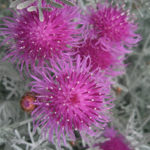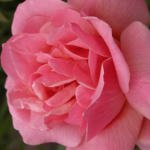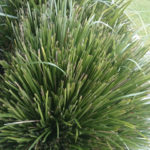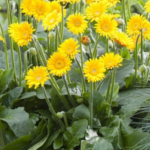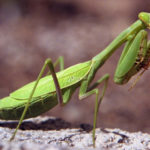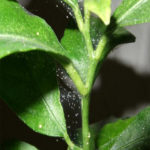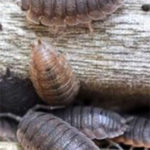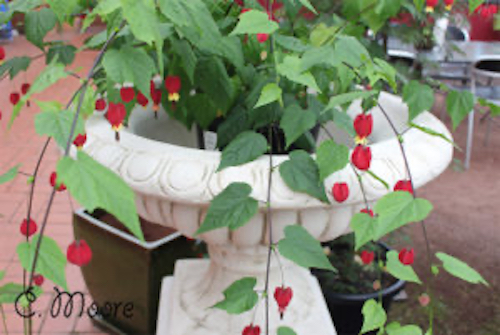
Trailing Abutilon Plant
Trailing Abutilon Plant Suited To Any Garden
 Trailing Abutilon is an evergreen plant native to subtropical countries like America, Africa, Asia and Australia. The common name of this plant is Brazilian Bell Flower, flowering maple and Chinese lantern. The botanical name of the plant is Abutilon megapotamicum and belongs to Malvaceae family. This ornamental viny shrub produces bell shaped flowers which are beautifully coloured. The Trailing Abutilon has bi-coloured lanterns. They are a good addition to any garden as they provide flowers almost throughout the year. The plant can tolerate light frost.
Trailing Abutilon is an evergreen plant native to subtropical countries like America, Africa, Asia and Australia. The common name of this plant is Brazilian Bell Flower, flowering maple and Chinese lantern. The botanical name of the plant is Abutilon megapotamicum and belongs to Malvaceae family. This ornamental viny shrub produces bell shaped flowers which are beautifully coloured. The Trailing Abutilon has bi-coloured lanterns. They are a good addition to any garden as they provide flowers almost throughout the year. The plant can tolerate light frost.
Features
The plant grows to a height of 1.5 to 2.5 metres tall and spreads to about 2 metres. The stems are narrow, delicate and arching. The plant has bright green foliage and the leaves are 5 to 8 cm long. The leaves have shallow lobes, which resemble the maple leaves. The flowers are buttery yellow with five petals and have bright red calyces. Yellow coloured stamens emerge from the protruding central column, which is red in colour
Growing conditions
This plant prefers full sun or partly shaded areas. Morning sun is preferred and should be kept protected from the strong afternoon sun.
- The plant needs moderate watering regularly.
- This plant is quite tolerant of drought conditions if well established.
- It grows well in humid conditions.
- Prefers well drained, fertile and light soil which is a mix of loamy and sandy soil.
Usage
This plant is highly suitable for informal hedges in the garden or can be grown on trellises to add beauty to your garden. It can be grown over the arches, patio or screen or fence as they grow faster. It can be grown in containers or in hanging pots, urns or baskets. It is suitable for tropical gardens, oriental style gardens and for cottage designs.
Trailing Abutilon Care
Maintenance
Deadheading the plant is necessary to increase the longevity of the plants and to prevent seeding. Prune the tips after flowering. You can hard prune the plant during winter to keep the plant bushy and compact.
Feeding
You need to provide a balanced liquid fertiliser once in a month to improve flowering. Heavy feeding can cause more growth of foliage and lower flowering rate.
Diseases and pests
Abutilons are more susceptible to the attack of white flies and mealy bugs. The chances of pest attack can be prevented by spraying suitable pesticides occasionally. If the pest infestation on the plant is severe, it is necessary to hard prune the plants and destroy the cut stems.
Propagation
The most common method of propagation is by using semi hardwood cuttings of the plant. It can also be grown from the seeds. Take a cutting of the firm stem during late spring or summer. Make sure that you remove all the flowers and the lower leaves in the cutting. Just leave 3-4 leaves at the top part. Plant the cuttings in the propagating mix filled pots by making shallow holes using your finger. Place the cutting in the hole and backfill the hole. Water the plant after planting. Keep the pot away from direct sunlight. The cutting will develop roots within about 4-6 weeks. You can also place the cuttings in a few centimetres of water about 4-5 weeks to produce new roots and then plant them in the soil.


